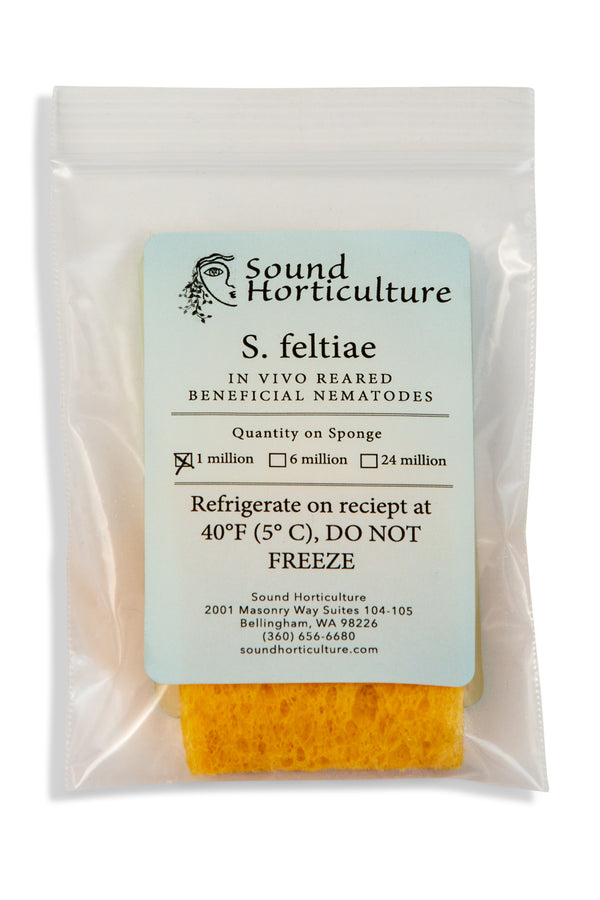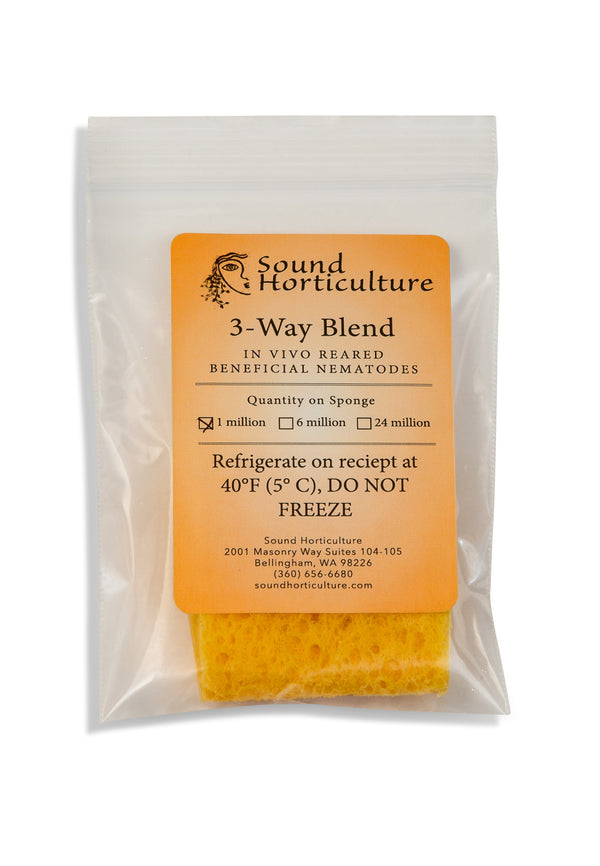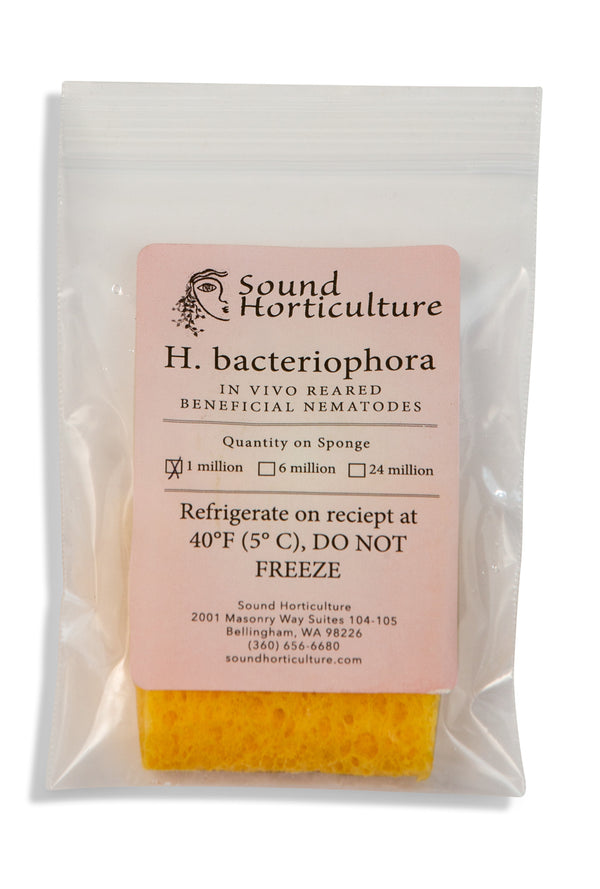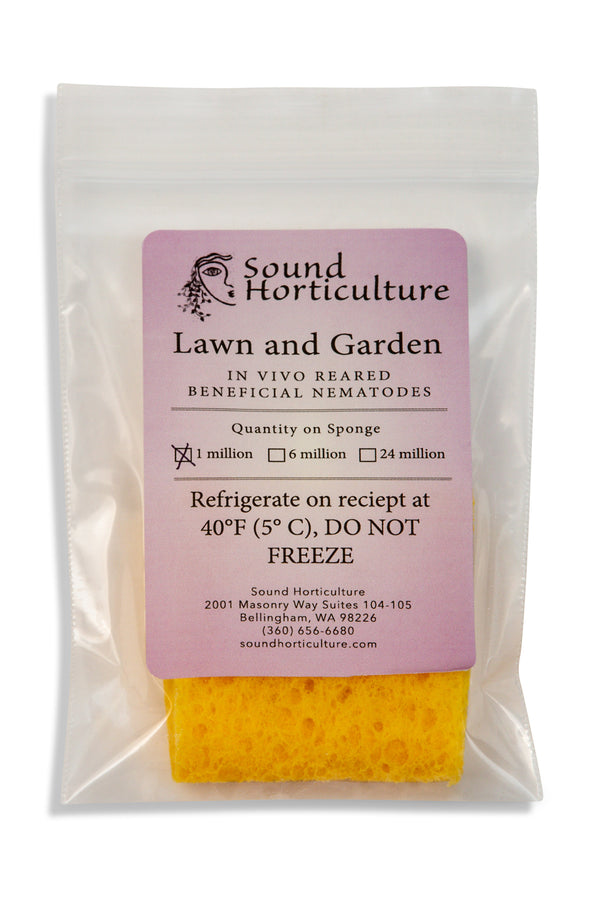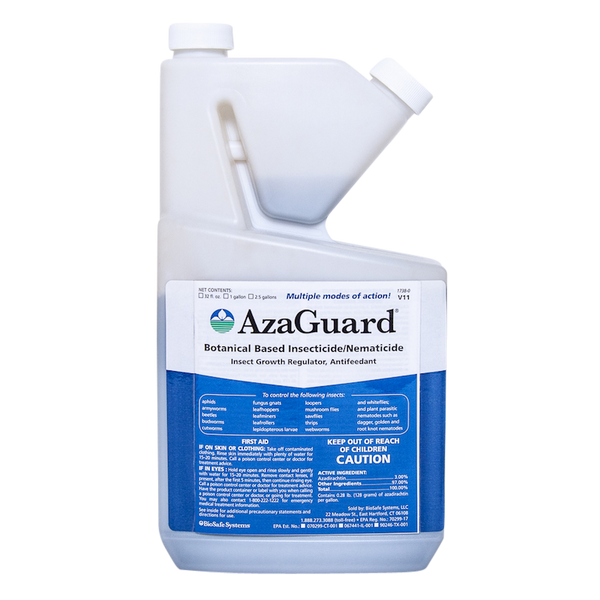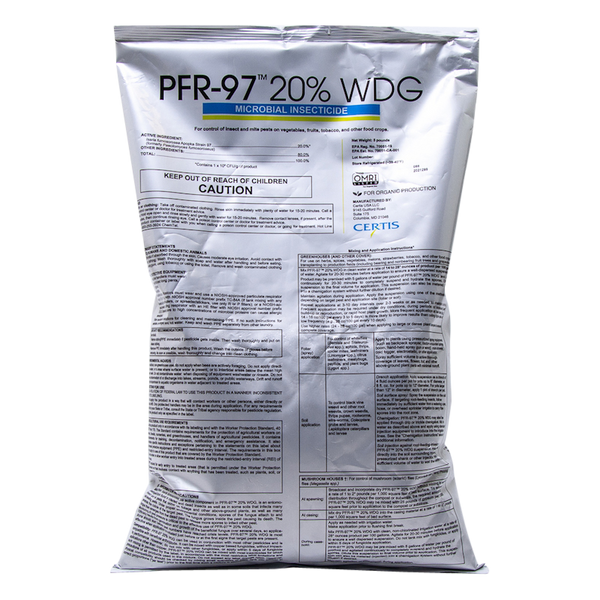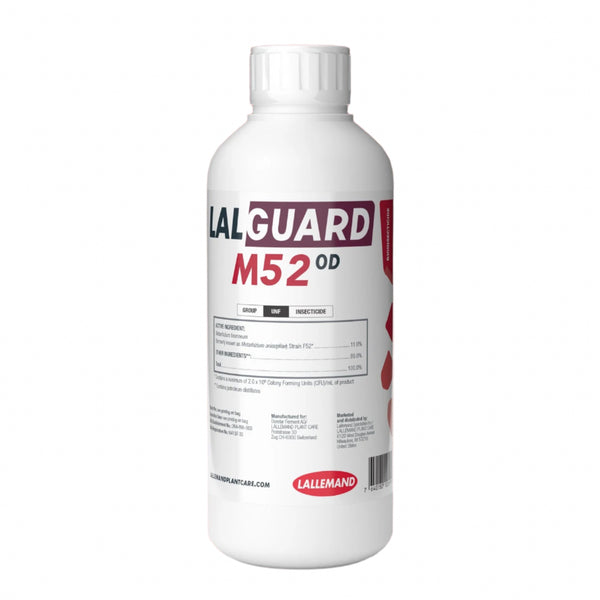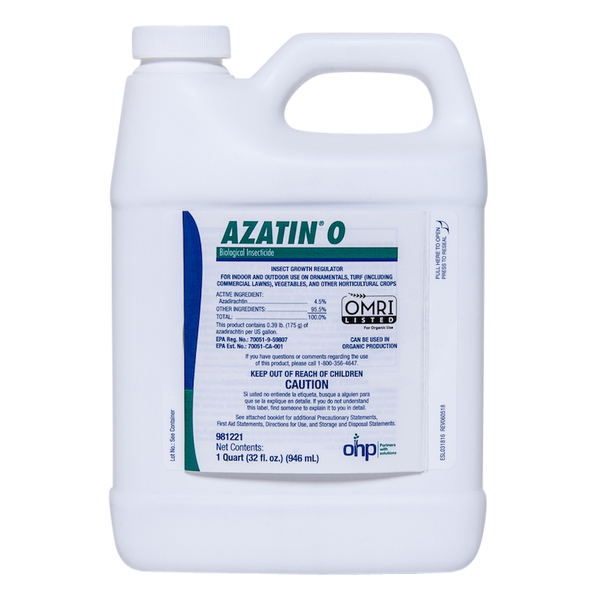Wireworm Control
Organic and natural pest control. Wireworms are significant soil pests feeding on roots, seedlings and tubers. See the Wireworm Tech Sheet for further information..
Share a promo code here
Organic and natural pest control. Wireworms are significant soil pests feeding on roots, seedlings and tubers. See the Wireworm Tech Sheet for further information..
